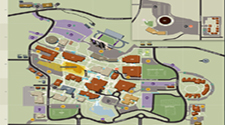Dr. Adolph Yonkee Research Projects
Origins of Curved Mountain Belts- Utah-Wyoming, Argentina
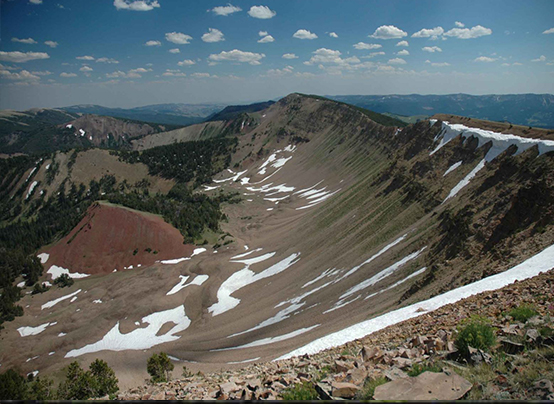
Processes of Foreland Deformation- Wyoming
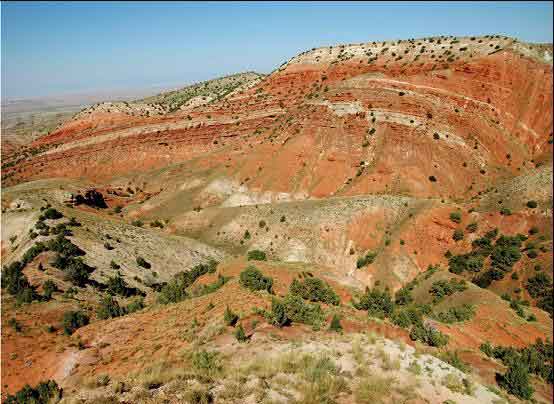
Understanding origins of foreland mountain belts that develop far from plate margins, including kinematics of diversely oriented uplifts, mechanisms of basement deformation, and relationships to plate dynamics, are key issues in tectonics. Using a similar approach to work in the Sevier fold-thrust belt, we have integrated structural, anisotropy of magnetic susceptibility (AMS), and paleomagnetic studies of Triassic red beds in the Laramide foreland of Wyoming to constrain regional 3-D deformation patterns (funded by a National Science Foundation collaborative research grant with Arlo Weil at Bryn Mawr College). The red beds carry a remnant magnetization for quantifying vertical-axis rotations, have interpretable AMS fabrics, and contain a limestone unit cut by minor faults that formed during early layer parallel shortening ( LPS ), overprinted by later fault systems in steep fold limbs. Minor fault kinematics and AMS fabrics indicate regional WSW-ENE average shortening direction, subparallel to the direction of relative plate motion during interpreted flat-slab subduction, along with local stress refraction partly related to basement heterogeneities and major fault propagation. Paleomagnetic data indicate only limited rotation in most areas, except in steep fold limbs and areas where multiple trending folds and faults developed. A conceptual model for development of Laramide arches includes increased plate coupling between a subducted slab and thick, cold lithsophere of the foreland, reactivation of basement weaknesses, and partial decoupling across the lower crust. Based on this work, we have begun new structural and paleomagnetic studies of the active Sierras Pampeanas foreland uplifts in Argentina described below.
Retro-arc Deformation and Subduction Dynamics- Argentina
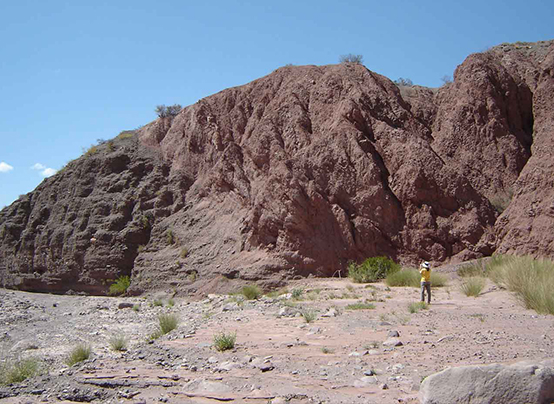
We have begun studies (funded by the National Science Foundation collaborative grant with Arlo Weil at Bryn Mawr College and colleagues with the Argentina CONICET) in the south-central Andes to evaluate structural evolution of the Precordillera fold-thrust belt and Sierras Pampeanas foreland uplifts. These actively deforming belts have been proposed as analogues to the ancient Sevier fold-thrust belt and Laramide foreland. By studying the active Andean orogenic system, including changes in tectonic styles related to along-strike variations in subduction geometry from normal to flat-slab that are imaged geophysically, we can better understand relations between mountain building processes and subduction dynamics. The study region includes multiple active faults, thick synorogenic strata, as well as the highest peak in the western hemisphere- Aconcagua. The photo above shows highly deformed Miocene strata thrust over young gravels along an active Las Penas fault north of Mendoza. This city was largely destroyed by a M~7 earthquake on a related fault in 1861. Better understanding of active faults in the region may lead to improved planning and hazard mitigation. We are also collaborating with researchers at the University of Arizona, University of Texas, and University of Wisconsin Eau Claire, who are studying patterns of synorogenic sedimentation and cooling histories related to exhumation.
Fluid flow systems, fluid-rock interaction, and rheology of thrust belts- Utah and Wyoming
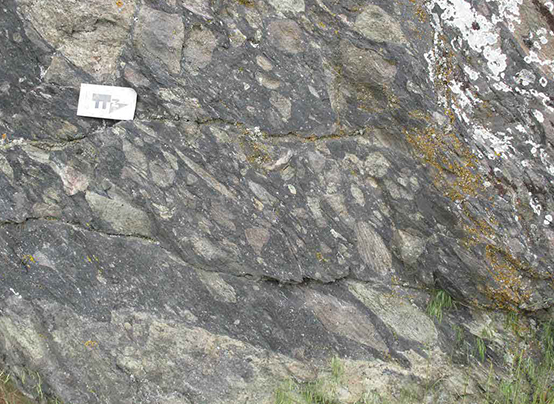
Interrelations between fluid flow, alteration, and deformation control crustal rheology. Aspects of rock deformation, from behavior of individual faults to regional deformation along plate boundaries, depend on rheology of rocks that evolve over geological time scales and in presence of fluids. A previous project (funded by a National Science Foundation collaborative grant with Dyanna Czeck at University of Wisconsin- Milwaukee) combined detailed strain, geochemical and microtextural analysis of diamictite that was deformed in the footwall and hanging wall of a major thrust (Willard thrust) in northern Utah. The diamictite provided a natural laboratory to study how various rock types (represented by granitic gneiss, schist, and quartzite clasts in the diamictite) responded during progressive deformation and fluid-rock interaction. Relations between measured clast shapes/ strain, evolving microtextures, geochemical changes, and water contents of quartz measured by infrared spectroscopy have shown linkages between fluid pathways, reaction softening by alteration of feldspar to mica, hydrolytic weakening, and concentration of strain, which has important implications for understanding rheology during progressive deformation. A new project (funded by a National Science Foundation collaborative grant with Gautam Mitra at University of Rochester and Mark Evans at Eastern Connecticut) builds on this work, by integrating structural, fluid-inclusion, isotopic, and geochronologic studies to better understand feedbacks between fluid pathways, softening mechanisms, and propagation of fold-thrust wedges in frontal parts of the Sevier belt.
Geochronology and Thermochronology of Thrust Systems- Nevada, Utah
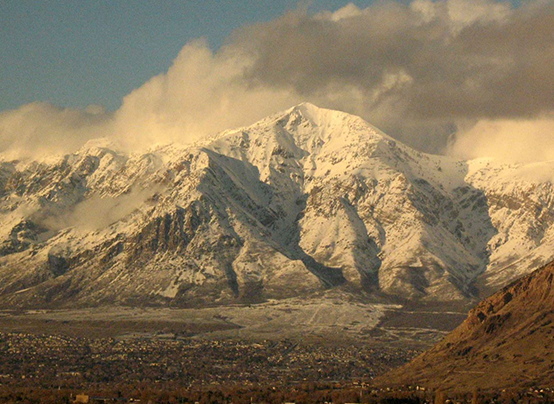
Quantifying fault slip history, strain rates, and exhumation patterns within thrust systems is important for understanding rates of mountain building and erosion, and for potential feedbacks. This ongoing project (funded by a National Science Foundation collaborator research grant Michael Wells at the University of Nevada Las Vegas, with support from Shari Kelley at New Mexico Tech and Danny Stockli at the University of Texas at Austin) focuses on laserprobe 40Ar/39Ar geochronology of mica grains from various microstructrual settings (strain shadows, veins, fault zones), zircon U/Pb-He and zircon fission-track thermochronology on vertical and horizontal transects across thrust sheets in northern Utah, and detrital zircon geochronology of associated synorogenic deposits to constrain sediment sources and unroofing histories. Initial results indicate the hanging wall of the Willard thrust experienced low-grade metamorphism and early internal strain from ~140 to 120 Ma, with large-scale thrust slip, exhumation, and cooling from ~120 to 90 Ma, consistent with the general unroofing pattern recorded by synorogenic strata deposited from 120 to 90 Ma. The footwall experienced low-grade metamorphism and internal strain from ~110 to 90 Ma as the Willard thrust sheet was emplaced and tectonically buried rocks below, followed by large-scale slip on the underlying Ogden and Crawford thrusts as the fold-thrust wedge propagated toward the foreland.
Neoproterozoic to Cambrian Rifting of Laurentia and Snowball Earth- western U.S.
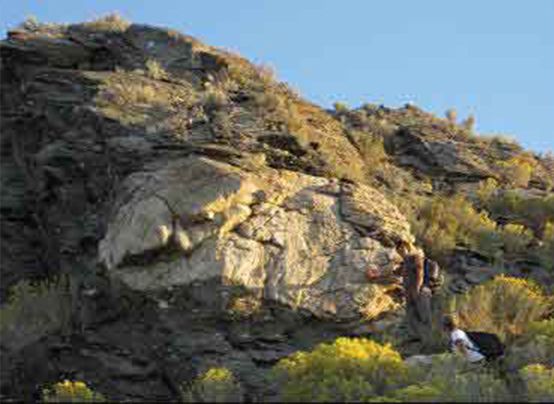
Well exposed sections of Neoproterozoic to Cambrian sedimentary and volcanic rocks from Utah to Idaho comprise a key part of the rifted margin of western Laurentia and subsequent North American Cordilleran mountain belt. Importantly, these sections also include diamictites and associated cap carbonates that record Cryogenian (635–850 Ma) glaciations (possibly of global extent), disruptions to geochemical cycles, and subsequent rapid deglaciations. Although a general stratigraphic framework had been established for these rocks, depositional ages, spatial and temporal variations in provenance, and petro -tectonic setting of volcanic rocks were incompletely understood. Work to better understand these rocks (funded by a National Science Foundation collaborative grant with Carol Dehler at Utah State University and Paul Link at Idaho State University) has focused on geochronologic, geochemical, and sedimentalogic analyses of strata from Utah to SE Idaho. This work has revealed two episodes of rifting and igneous activity leading to final development of a passive margin with subsequent thermal subsidence, a protracted period of glaciation likely spanned ~700 to 670 Ma, and that “Marinoan-style” cap carbonates in Utah with distinctive isotopic geochemical signatures may have formed at different times. Ongoing work is focused on integrating additional detailed CA-ID-TIMS geochronologic analysis, additional sampling for geochemical changes, and analysis of preserved microfossils to evaluate changes in the biosphere during major shifts in Earth global climate and ocean water chemistry.
Recent Publications
Yonkee, W.A., Weil, A.B., 2015, Tectonic evolution of the Sevier and Laramide belts within the North American Cordillera orogenic system: Earth Science Reviews, v. 150, p. 531-593.
Weil, A.B., Yonkee, W.A., Kendall, J., 2014, Towards a better understanding of the influence of basement heterogeneities and lithospheric coupling on foreland deformation: A structural and paleomagnetic study of Laramide deformation in the southern Bighorn Arch. Geological Society of America Bulletin, v. 126, p. 415-437.
Yonkee, W.A., Dehler, C.D., Link, P.K., Balgord, E.A., Keeley, J., Hayes, D., Wells, M., Johnson, S., 2014, Tectono-stratigraphic framework of Neoproterozoic to Cambrian strata, west-central U.S.: Protracted rifting, glaciation, and evolution of the North American Cordilleran margin: Earth Science Reviews, v. 136, p. 59-95.
Balgord, E., Yonkee, W.A., Link, P.K., and Fanning, C.M., 2013, Stratigraphic, geochronologic, and geochemical record of the Cryogenian Perry Canyon Formation, northern Utah: Implications for Rodinian rifting and glaciations: Geological Society of America Bulletin, v. 125 p. 1442-1467.
Yonkee, W.A., Czeck, D., Nachbor, A.C., Barszewski, C., Pantone, S., Balgord, E., and Johnson, K.R., 2012, Strain accumulation and fluid-rock interaction in a naturally deformed diamictite, Willard thrust system, Utah (USA): Implications for crustal rheology and strain softening: Journal of Structural Geology, v. 50, p. 91-118.
Weil, A.B., and Yonkee, W.A., 2012, Layer-parallel shortening across the Sevier fold-thrust belt and Laramide foreland of Wyoming: spatial and temporal evolution of a complex geodynamic system: Earth and Planetary Science Research Letters, v. 357-358, p. 405-420.
Yonkee, W.A., and Weil, A.B., 2011, Evolution of the Wyoming salient of the Sevier fold-thrust belt, northern Utah to western Wyoming: Utah Geological Association Publication 40, p. 1-55.
Yonkee, W.A., and Weil, A.B., 2010, Quantifying vertical-axis rotation in curved orogens: integrating multiple data sets with a refined weighted least-squares strike test: Tectonics, v. 29, TC3012.
Yonkee, W.A., and Weil, A.B., 2010, Reconstructing the kinematics of curved mountain belts: internal strain patterns in the Wyoming salient, Sevier thrust belt, U.S.A.: Geological Society of America Bulletin, v. 122, p. 24-49.
Weil, A.B., Yonkee, W.A., and Sussman, A.J., 2010, Reconstructing the kinematic evolution of curved mountain belts: a paleomagnetic study of Triassic redbeds from the Wyoming salient, Sevier thrust belt, U.S.A.: Geological Society of America Bulletin, v. 122, p. 3-23.
Weil, A.B., and Yonkee, W.A., 2009, Anisotropy of magnetic susceptibility in weakly deformed red beds from theWyoming salient, Sevier thrust belt: Relations to layer-parallel shortening and orogenic curvature: Lithosphere, v. 1, p. 235-256.
Advisor & Office Hours
New Major Advisor
Dr. Rick Ford
rford@weber.edu
Monday - Friday
8:00 a.m. - 4:00 p.m.
Summer:
M/W/F, 9:00 a.m. - 3:00 p.m.
Mailing address
Weber State University
College of Science
1415 Edvalson St., Dept. 2507
Ogden, UT 84408-2507
